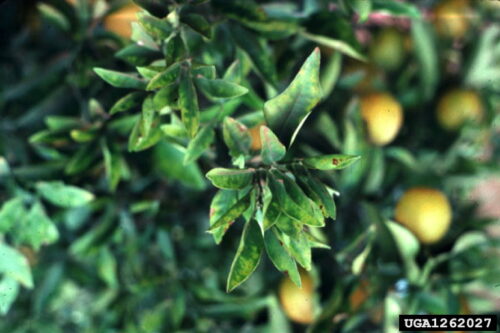Xylella is caused by a bacterium.
Also known as:
Olive quick decline syndrome (OQDS)
Ole
Phony p
Pierce’s disease (grapes) – not in Europe
Xylella is caused by the bacterium Xylella fastidiosa. The disease initially occurred only in the United States but has been found in Europe since 2013. By now, millions of olive trees (especially in Italy) have been affected. The disease interferes with water uptake, causing the trees to slowly dry out (with all the associated symptoms: growth stops, yellowing leaves) and eventually die. The disease is highly contagious to plants. Meadow spittlebug (Philaenus spumarius) and other insects transmit the disease.
Field weeds such as nettle and spurge are host plants of Xylella. Other host plants include: grape, myrtle-leaf milkwort (Polygala myrtifolia), hebe, lavender, rosemary and periwinkle.
No chemical plant protection products are available against Xylella. Biological control of the bacterium or its carrier offers potential in the long run.
Breeding programs are underway to make grape and citrus resistant.
Where to find
- Olive Tree
- Grape
- Almond
- Plum Tree
- Cherry Tree
- Oleander
- Peach
Control
There is no treatment against Xylella. Felling of affected trees and all others in the wider area should prevent further infection.
Prevention
Satellite images detect infected trees before they show visible signs of infection and are then cleared. And by felling all the olive trees and other susceptible plants (grape, peach, almond, oak, among others) in the wider area, buffer zones are created.

